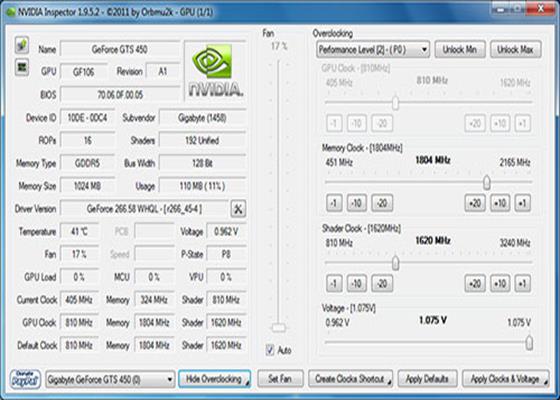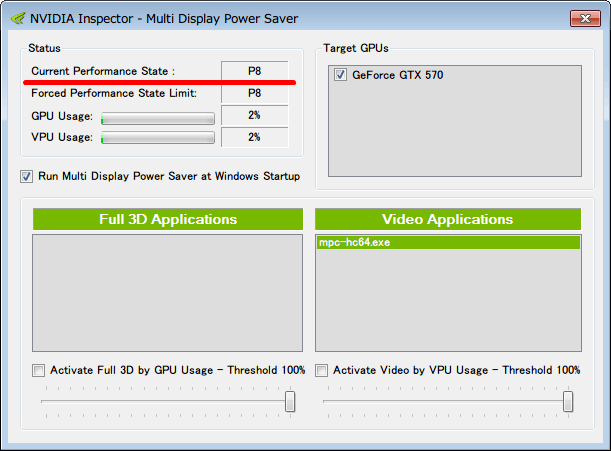

Rainfall of up to 300 millimeters is expected in the island of Shikoku, and up to 250 mm in northern and southern Kyushu, over the 24 hours through 6 p.m. Some flights on Thursday are also expected to be canceled.Īs of 9 p.m., Typhoon Khanun was moving north from the south of Goto, Nagasaki Prefecture, with an atmospheric pressure of 975 hectopascals at its center and packing winds of up to 144 km per hour, according to the weather agency. between Hiroshima and Kokura stations for post-typhoon damage inspections.Īll Nippon Airways and Japan Airlines canceled a total of over 400 flights, primarily landing and departing from Kyushu on Wednesday, affecting more than 45,000 passengers. The Sanyo Shinkansen line will suspend the start of operations on Thursday from the first train until 8 a.m. Wednesday.Īmong the halted railway operations were Kyushu Shinkansen services between Kumamoto and Kagoshima-Chuo stations as well as Nishi Kyushu Shinkansen services between Takeo-Onsen and Nagasaki stations.
#Nvidia inspector power management plus
Numerous injuries have been reported due to the extreme weather conditions, including a man in his 20s in Kagoshima who sustained a bruised knee after being hit by a sheet of corrugated iron blown by strong winds.Įvacuation orders have been issued by a number of local governments in Kyushu, with over 6,000 people taking refuge in evacuation shelters in Kumamoto, Nagasaki, Miyazaki and Kagoshima prefectures.Īccording to Kyushu Electric Power Co., about 12,000 households in the four prefectures plus Oita remained without power as of 5 p.m.

Regions spanning western through eastern Japan on the Pacific coast are on track to receive record-breaking rainfall for August, the agency added. The Japan Meteorological Agency said the slow-traveling typhoon could cause mudslides, floods and strong winds, while linear rainbands, known to bring torrential downpours, developed in southern Kyushu, one of Japan's four main islands, after occurring in Tanegashima and Yakushima islands off southern Kyushu. But, if it's necessary then one's gotta do what we gotta do and all that jazz.Īnyway, thanks for your time, I appreciate it.Typhoon Khanun brought heavy rain to parts of Japan's southwestern island of Kyushu on Wednesday as it moved slowly near the region, causing numerous injuries, power outages and disruptions to shinkansen bullet train services and flights.
#Nvidia inspector power management drivers
It's become sort of tedious everytime I update my drivers (do clean installs myself with DDU due to having some bad experiences with non-clean ones in the past) having to go through every single one of my games and set this to "Prefer Max Perf".

However, I'm not certain so I figured I'd ask here. What I'm wondering about though is - is this really even necessary anymore? The threads I saw this come up in were from ~2 years+ ago it seems and I would hope that Nvidia would handle this correctly on their own for games if it's just globally set to "Optimal Power" or some such. In the past, it was sometimes necessary (and arguably just generally recommended for games) to set this to "Optimal Power" (or Adaptive) for the default, but then for each of your games set this manually to "Prefer Max Performance". For Nvidia cards, the "Power Management Mode" defaults to "Optimal Power".


 0 kommentar(er)
0 kommentar(er)
